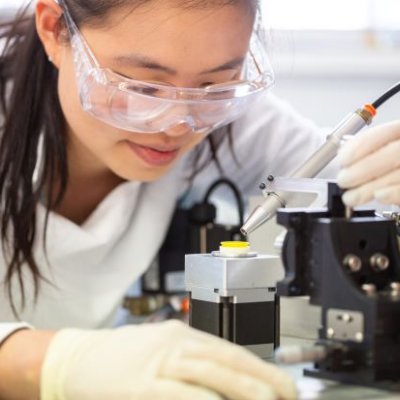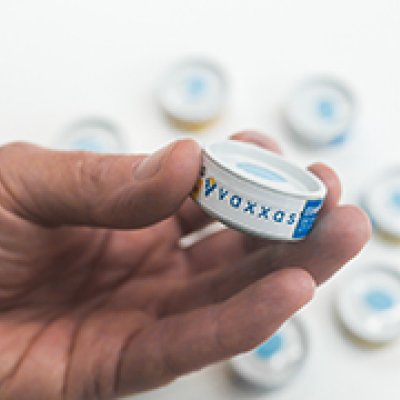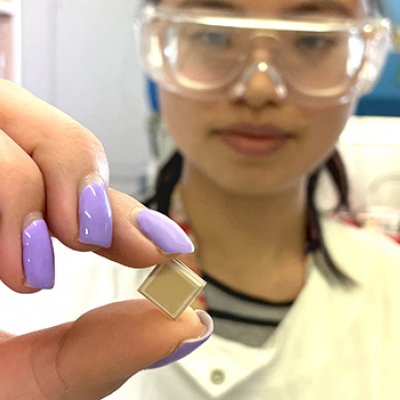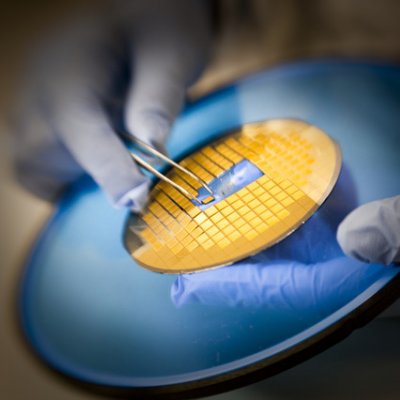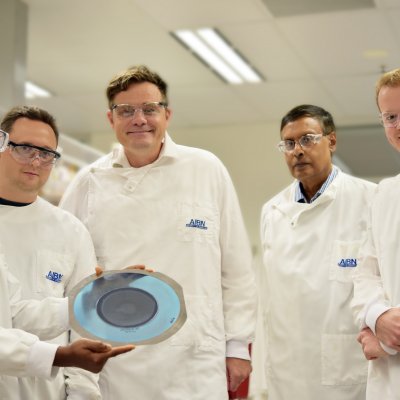A simple-to-apply, needle-free vaccine patch is being developed to protect people from the potentially deadly mosquito-borne Zika virus.
1 December 2023A needle-free vaccine patch could better fight COVID-19 variants, such as Omicron and Delta, than a traditional needle vaccine according to a University of Queensland study in mice.
28 July 2022A dengue virus vaccine candidate has passed an important milestone, with promising results in animal model testing providing hope to the 390 million people infected every year.
13 May 2021Efforts to rid the world of polio have taken another significant step, thanks to research led by University of Queensland bioscience experts and funding from the World Health Organisation (WHO).
5 October 2017Needle-free Nanopatch technology developed at The University of Queensland has been used to successfully deliver an inactivated poliovirus vaccine.
26 February 2016The World Health Organisation’s (WHO) battle against polio has a new weapon after joining forces with Vaxxas, the biotechnology company responsible for developing revolutionary vaccine delivery method the Nanopatch.
17 September 2014